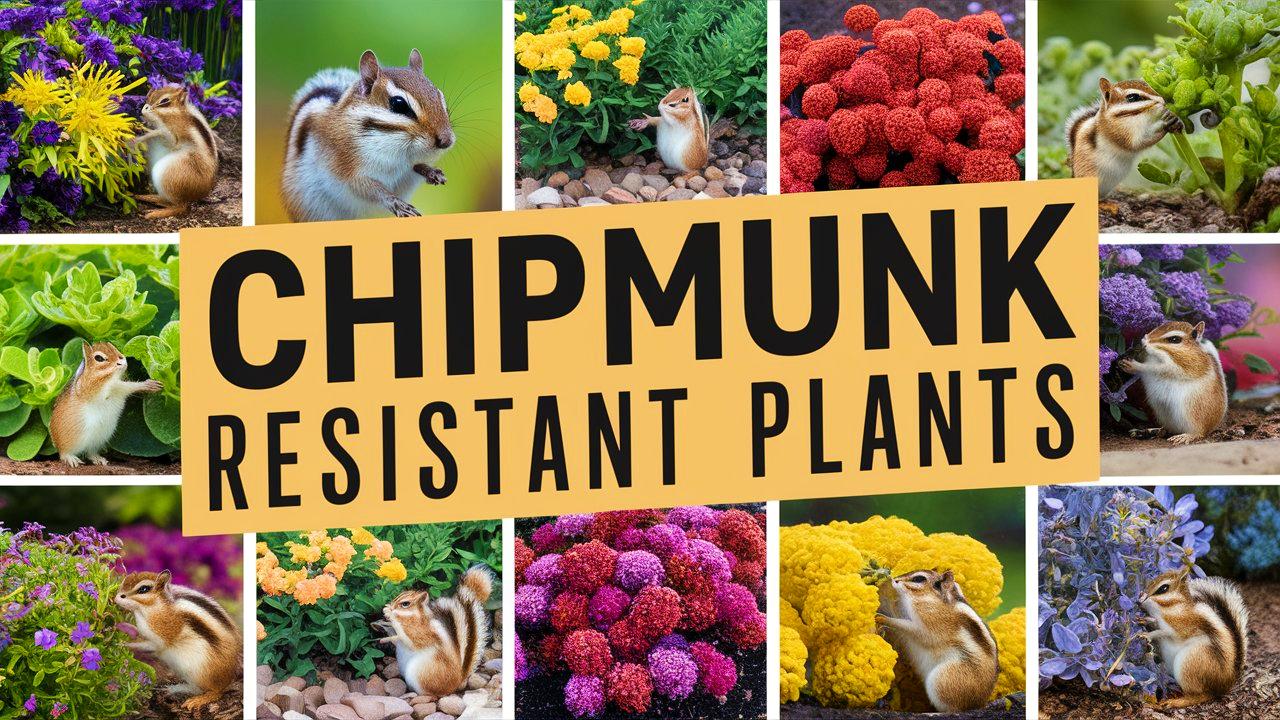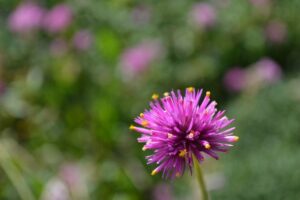Chipmunks, with their cute stripes and swift movements, can become quite a nuisance in gardens. They burrow, dig, and devour numerous plants, causing frustration for gardeners attempting to maintain an aesthetically pleasing and productive landscape.
Thankfully, certain plants are less appealing to these tiny foragers. This guide will introduce you to chipmunk-resistant plants that can enhance your garden while discouraging these small animals from taking up residence among your flora.
French Marigold (Tagetes patula)
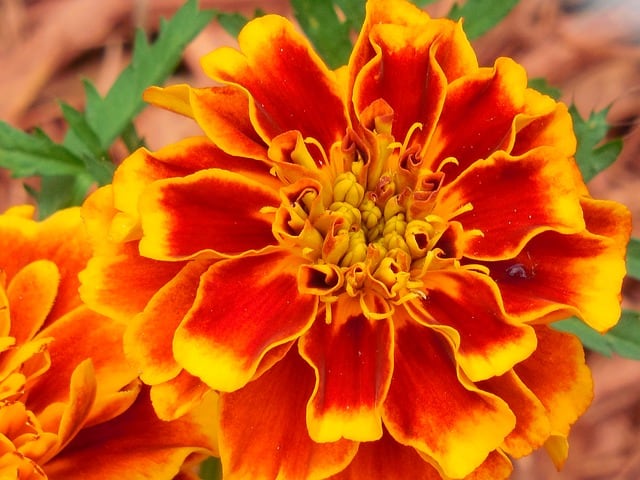
French marigolds are champion deterrents in the battle against not only chipmunks but also various garden pests. The plants produce a strong scent due to their essential oils, which is believed to repel many herbivorous animals, including rodents. Featuring vibrant blooms in shades of orange, gold, and yellow, French marigolds can elevate the beauty of any garden while producing a protective ambiance that wards off pesky chipmunks.
Aside from their deterrent qualities, French marigolds thrive in a variety of soil types and prefer sunny locations, making them easy to grow for novices and experienced gardeners alike. They are also known for their pest-repellent properties, particularly against nematodes, making them a popular companion plant in vegetable gardens. Utilizing marigolds around the perimeter of your garden plot can create an effective barrier that discourages chipmunks while encouraging beneficial insects.
Daffodil (Narcissus spp.)
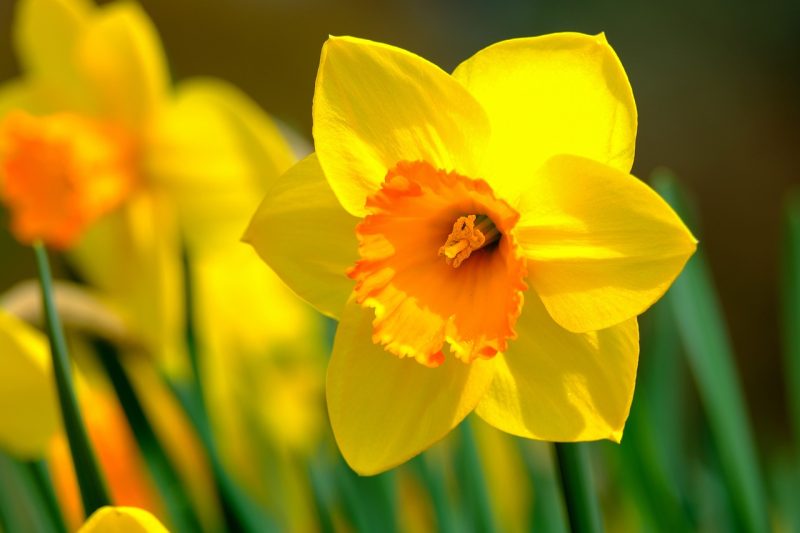
Daffodils are not only a pleasure to behold in early spring, with their cheerful yellow and white blooms peeking through the last traces of winter, but they are also a formidable opponent against chipmunks. These resilient plants contain toxic alkaloids in their bulbs and foliage, which make them unappetizing for many animals, including rodents.
Because daffodils are perennials, once planted, they require minimal maintenance and can return season after season. They thrive in well-drained soil and can flourish under a variety of light conditions, from partial shade to full sun. Additionally, daffodils naturally spread; thus, a few planted bulbs can gradually create a robust display that not only beautifies your garden but serves as a long-term deterrent to chipmunks seeking a meal.
Allium (Allium spp.)
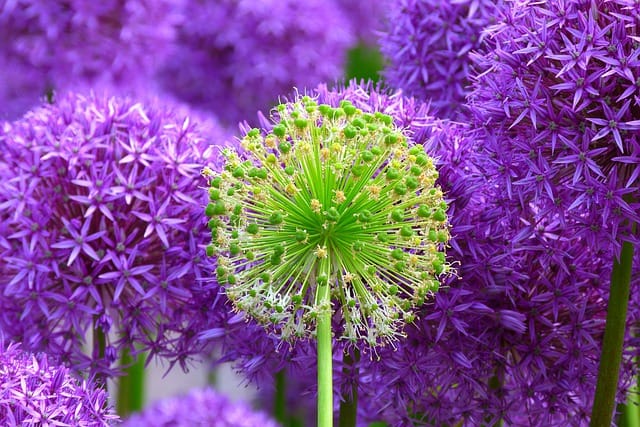
Alliums, including varieties such as garlic, onions, and ornamental onions, emit a strong aroma that tends to repel chipmunks and other rodents. This characteristic makes them a double-edged sword in gardening: not only do they add visual interest with their unique globular flowers, but they also offer a pungent barrier.
Alliums are typically drought-resistant and easily adapt to various soil types, promoting versatility in the garden. They come in various heights and colors, allowing for creative landscaping. Furthermore, alliums encourage beneficial pollinators, such as bees and butterflies, making them a harmonious addition to any garden. By incorporating alliums, you provide a fragrant, flavorful harvest while protecting your plants from the nibbling of chipmunks.
Grape Hyacinth (Muscari armeniacum)
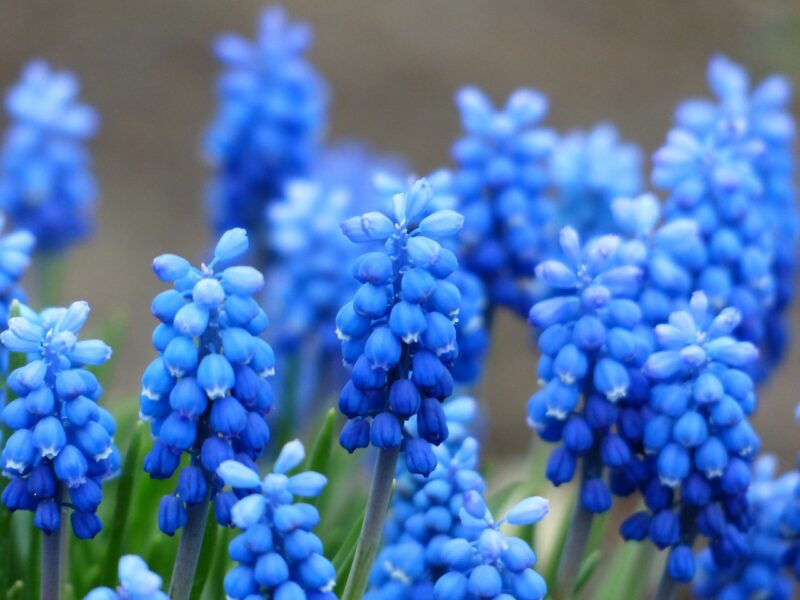
Grape hyacinths are adorable, low-growing plants that produce clusters of tiny, bell-shaped flowers in rich hues of blue, purple, and white. While their beauty is undeniable, they also possess natural characteristics that deter small woodland creatures, including chipmunks. Much like their daffodil cousins, grape hyacinths contain bulb components that are not palatable for these furry foes, thanks to their acrid scent.
These hardy bulbs are ideal for rock gardens, borders, and naturalized areas. They grow well in average soil and prefer a sunny or partially shaded environment. After blooming, grape hyacinths leaves will remain green for the summer, providing essential nutrients back to the bulbs, ensuring they return each year. This quality makes them an excellent choice for gardeners seeking a delightful perennial that minimises chipmunk encounters.
Common Camas (Camassia quamash)
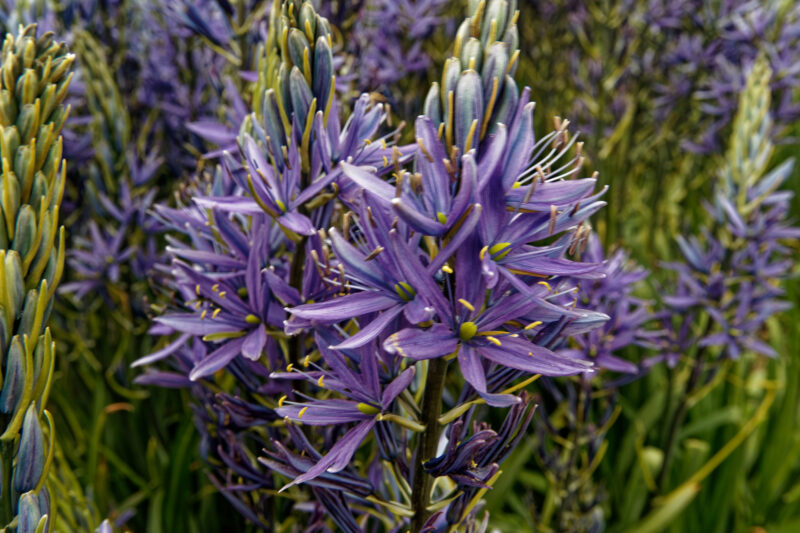
The common camas is a captivating native perennial that features star-like flowers atop tall stems, often in shades of deep blue or white. Historically significant to Indigenous cultures of the Pacific Northwest, where it was cultivated as a food source, common camas has developed a reputation as a chipmunk-resistant plant due to its unusual taste profile. The bulbs, while edible when prepared correctly, are often avoided by hungry chipmunks.
These resilient plants are ideal for damp areas and can flourish in heavy clay soils, making them perfect for more challenging garden locations. Common camas also prefers full sun to partial shade and, when established, can provide a striking display with minimal care. Incorporating this plant into your landscape not only enhances its beauty but also honors its heritage while minimizing unwanted visits from chipmunks.
Glory-of-the-Snow (Chionodoxa)
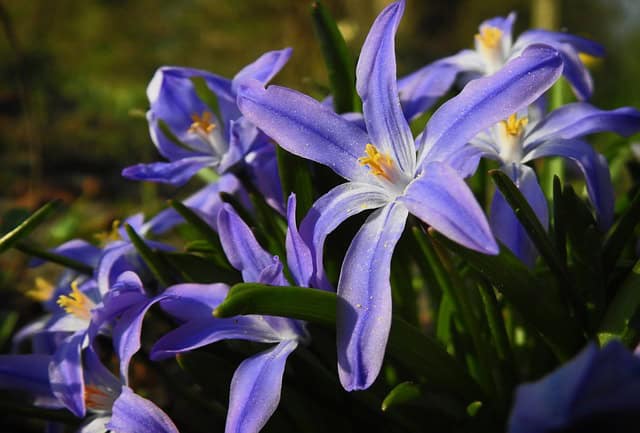
True to its name, glory-of-the-snow dazzles in spring with its stunning star-shaped flowers appearing amongst melting snow. This charming plant not only signifies the end of winter but also provides a less likely food source for chipmunks. Its bulb composition contains certain compounds that may deter small rodents from feasting on its foliage or bulbs.
Glory-of-the-snow thrives in well-drained soil and can adapt to various light conditions, though it flourishes best in full sun. These hardy perennials establish quickly, often spreading through naturalization. With a relatively short blooming period, they will add a touch of early color to gardens, creating a captivating look while simultaneously deterring chipmunks from venturing into your beds and borders.
Summer Snowflake (Leucojum aestivum)
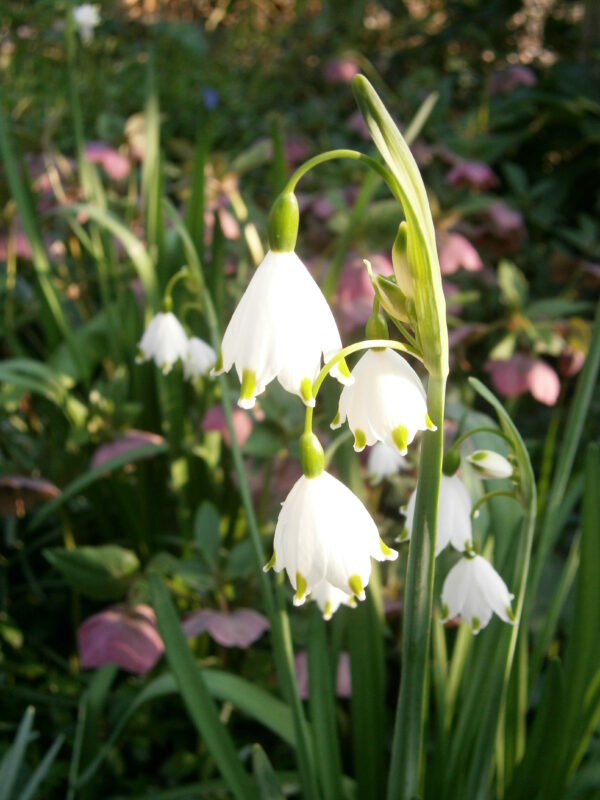
Summer snowflake is a lovely bulbous perennial that typically blooms in late spring to early summer, showcasing white, delicate flowers hanging from graceful stalks. Similar to grape hyacinths and daffodils, the bulbs and leaves contain compounds that make them distasteful to chipmunks, providing another effective barrier against these persistent creatures.
Summer snowflakes thrive in well-drained soil and prefer full sun or partial shade. By planting them in groups, their graceful arching leaves and graceful blooms create serene patches of white throughout the garden. Not only do they deter chipmunks, but they also attract pollinators, contributing to a more vibrant ecosystem. These charming plants make an excellent addition to any perennial garden, blending beauty with function.
English Lavender (Lavandula angustifolia)
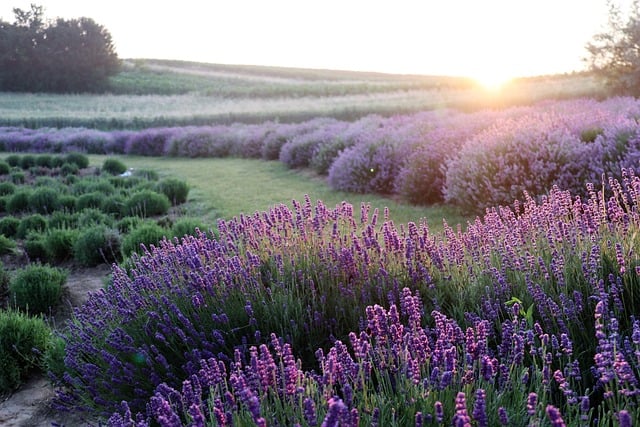
English lavender is cherished for both its beauty and its aromatic properties. Known for its stunning purple spikes and fragrant foliage, this perennial not only beautifies the garden but also acts as a natural deterrent to chipmunks. The strong scent of lavender is often unappealing to many small animals, leading them to avoid areas infused with its aroma.
Versatile and hardy, English lavender thrives in well-drained, sandy soil with full sun exposure. Its drought-resistant tendencies make it an excellent choice for gardeners looking to reduce irrigation needs. Beyond its role as a chipmunk deterrent, lavender is also beneficial for attracting beneficial insects and pollinators, making it a perfect plant for a bustling garden. The culinary qualities of lavender add another layer of utility, further reinforcing its status as a must-have in any chipmunk-resistant garden.
Sage (Salvia officinalis)
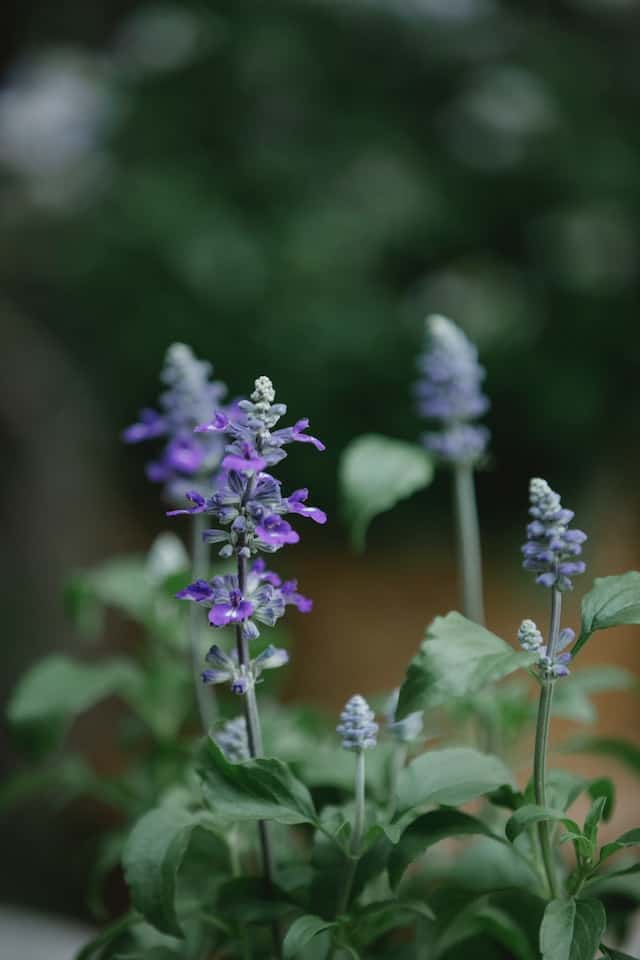
Sage is an herb that not only enhances culinary dishes but also lends its powerful scent to the garden, helping to keep chipmunks at bay. The aromatic leaves release oils that are unappealing to small mammals, creating a barrier that is both natural and effective. With its soft gray-green foliage and beautiful purple flowers, sage is an appealing addition to any garden.
Easily grown in a variety of soil types, sage prefers well-drained conditions and full sunlight. It’s ideal for herb gardens, borders, and even containers. Beyond its resistance to rodents, sage is a perennial which will return year after year, only requiring moderate maintenance. Incorporating sage into your garden not only provides a barrier against chipmunks but also yields fresh herbs for cooking, making it a multifunctional choice for gardeners.
Peppermint (Mentha x piperita)
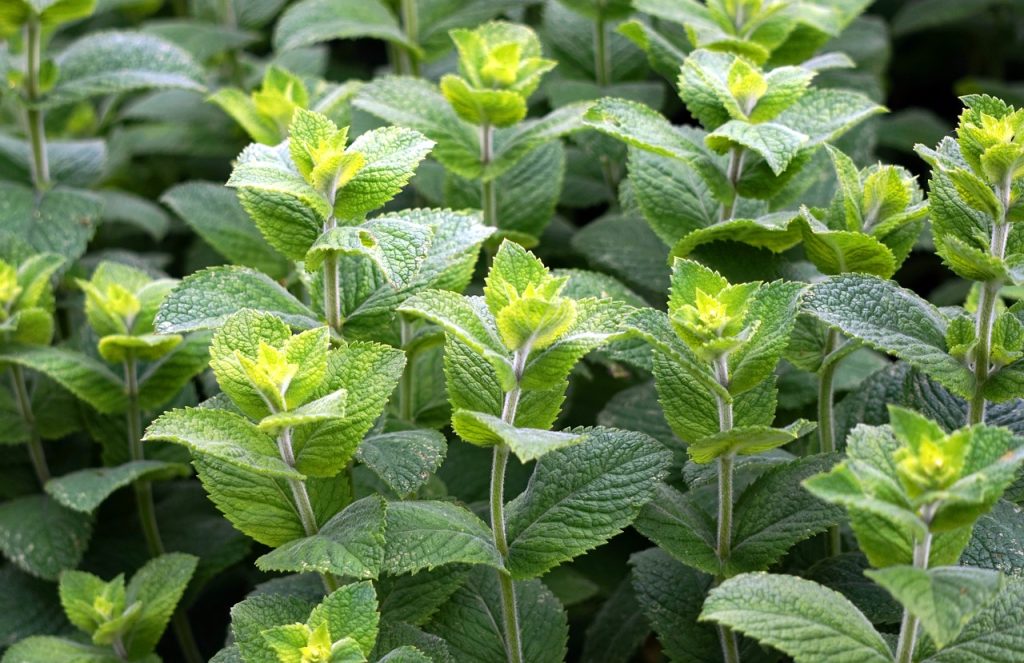
Peppermint is a robust herb renowned for its distinctive scent and flavor. This popular plant produces oils that are strongly aromatic, serving as a natural deterrent for chipmunks and other unwanted garden visitors. The refreshing fragrance is often enough to keep these little animals away, as they generally prefer to forage in areas with less potent aromas.
Growing peppermint can be advantageous due to its perennial nature and adaptability to various soil types, although it flourishes best in moist conditions. Its rapid growth can be a double-edged sword, as it can become invasive if not managed properly. Planting peppermint in pots or designated garden areas with barriers can help control its spread. With its fascinating aroma, peppermint provides culinary delights and fresh tea, while also serving as a natural chipmunk repellent.
Conclusion
Creating a chipmunk-resistant garden is not only a practical measure but can also result in a beautiful and diverse landscape. Understanding which plants deter chipmunks can help minimize their pesky foraging while providing visual interest and ecological benefits.


